The OEM process for whitening gel allows businesses to produce high-quality, branded teeth whitening products tailored to their specifications. By partnering with professional manufacturers, companies like Powsmart can customize formulas, packaging, and branding to create unique products. This article provides a comprehensive overview of the OEM process, highlighting key steps and the benefits of offering customizable teeth whitening gel products. Key Steps in the OEM Process a. Requirement Analysis:The process begins with discussing your specific requirements, such as the formula, active ingredients, and concentration levels. At this stage, you can also decide on packaging design and whether you need a custom logo whitening gel to represent your brand effectively. b. Formula Development:Based on your preferences, the manufacturer develops a whitening gel formula. This can include selecting organic or clinically tested ingredients and ensuring that the product meets safety regulations in target markets. c. Prototyping and Testing:Before full-scale production, a prototype batch is for testing. This step ensures that the customizable teeth whitening gel meets quality standards, provides desired results, and aligns with the brand’s expectations. d. Branding and Packaging:Once finalizing the formula, the focus shifts to branding. Custom packaging designs, labels, and logos are aim to align with your target audience. A custom logo…

.jpg)
.jpg)
.jpg)
.jpg)
.jpg)

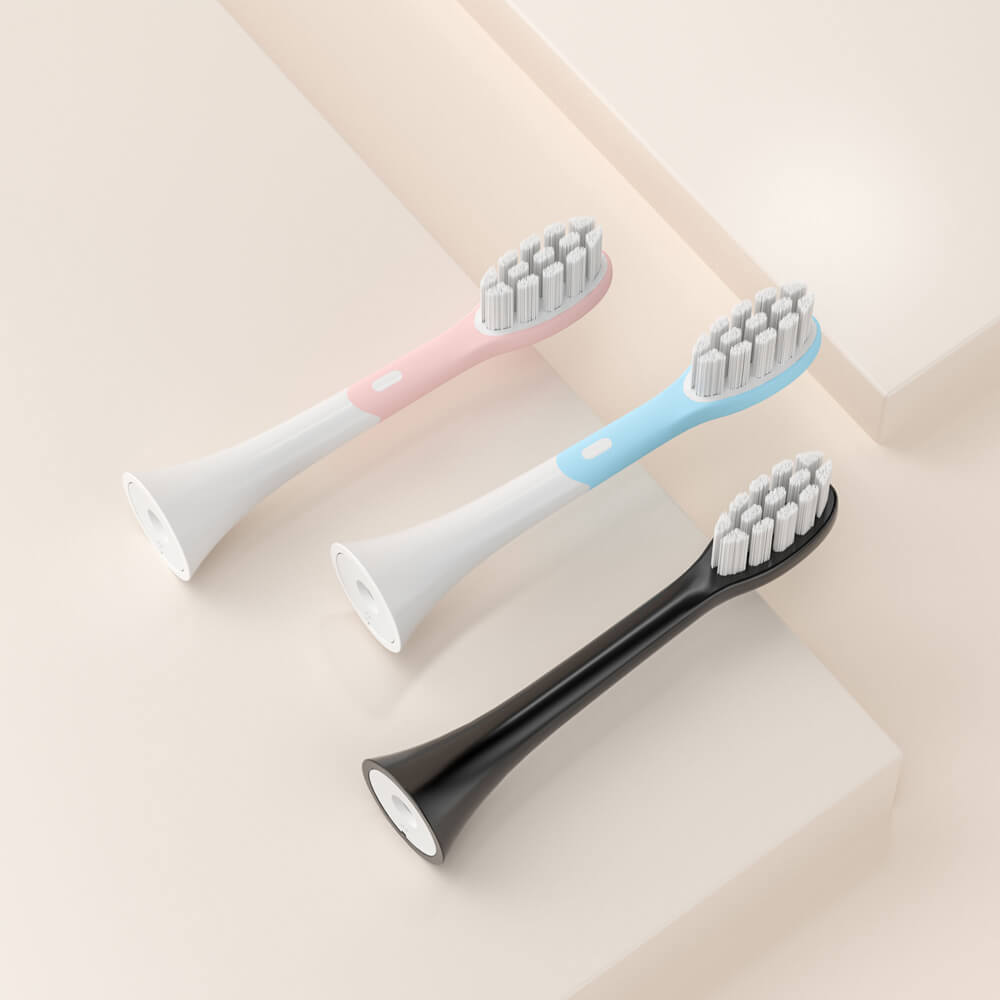
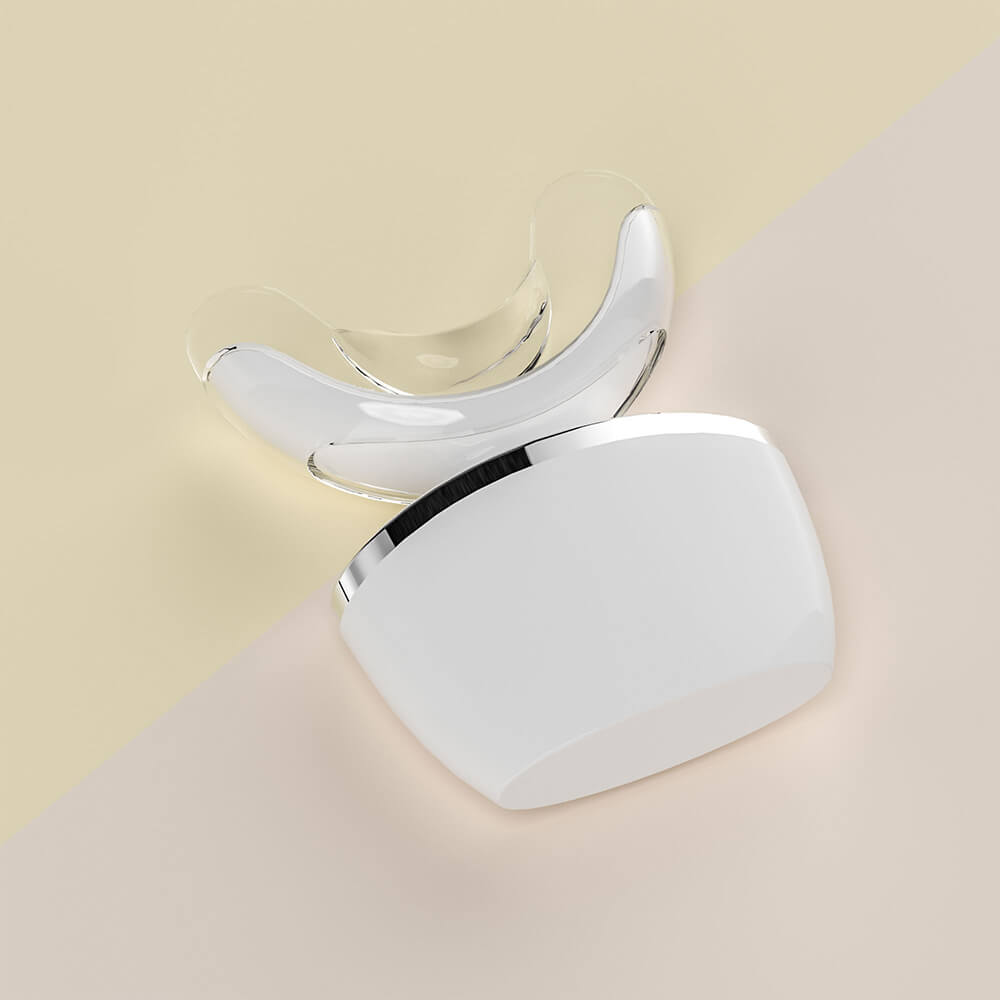


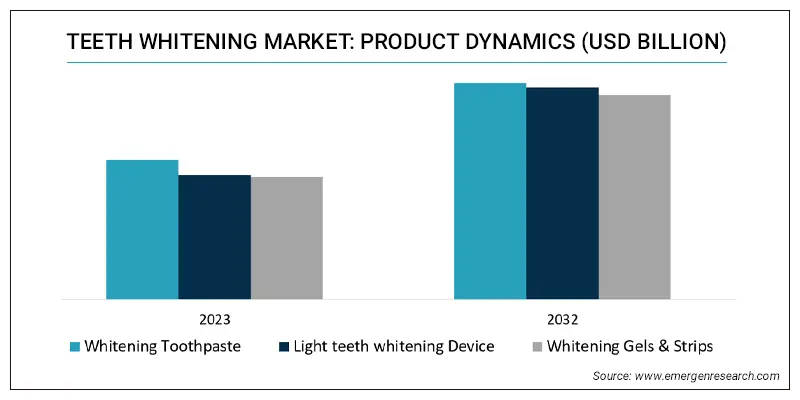
.jpg)
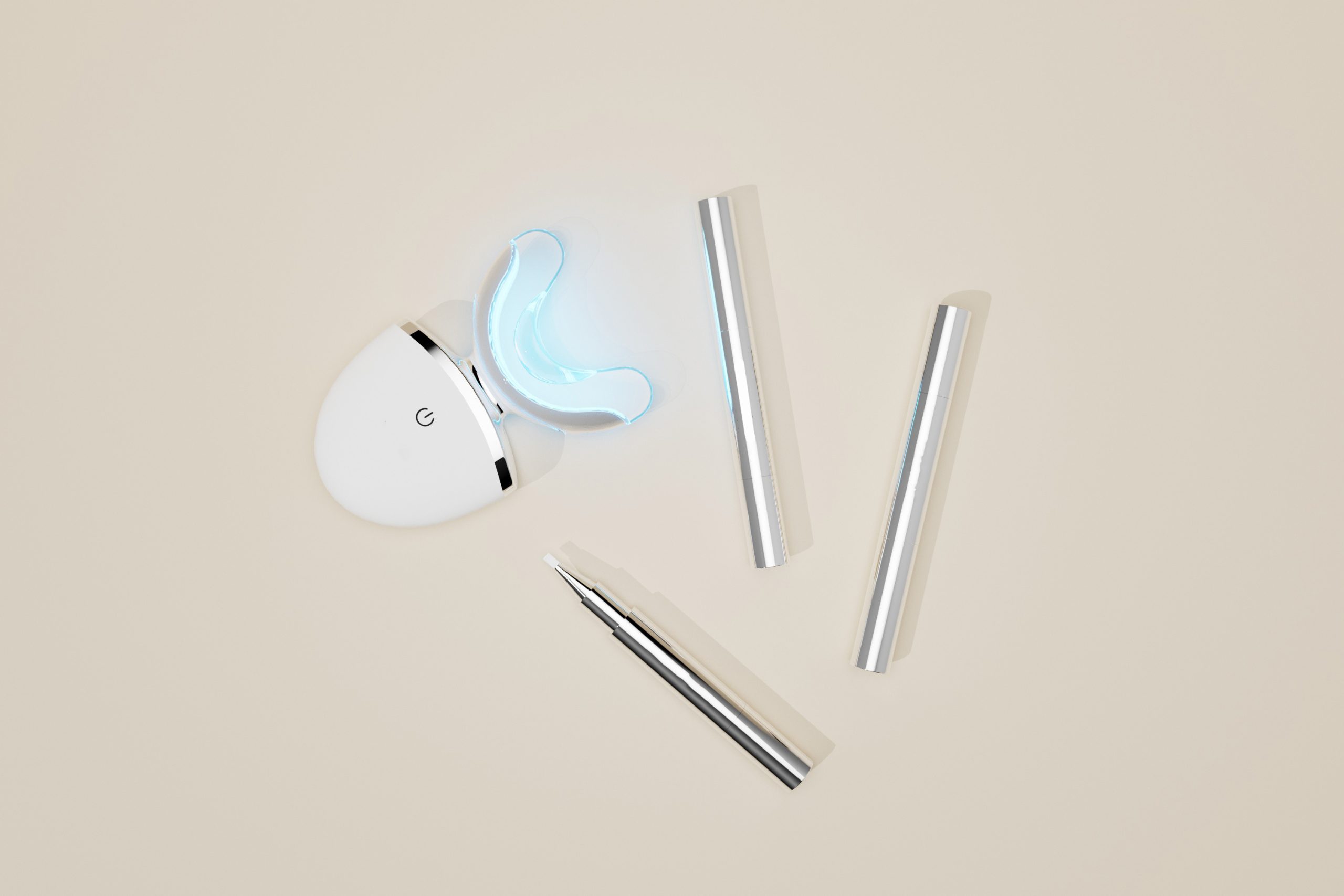
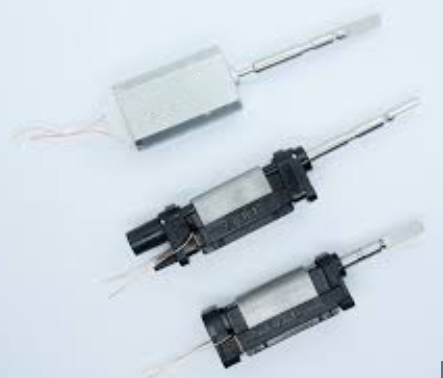

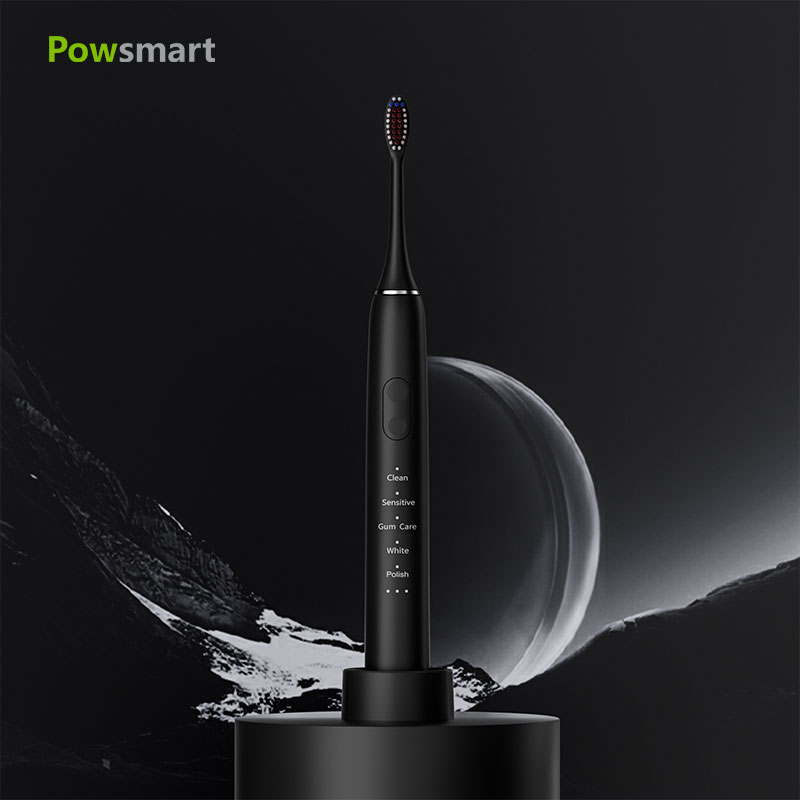


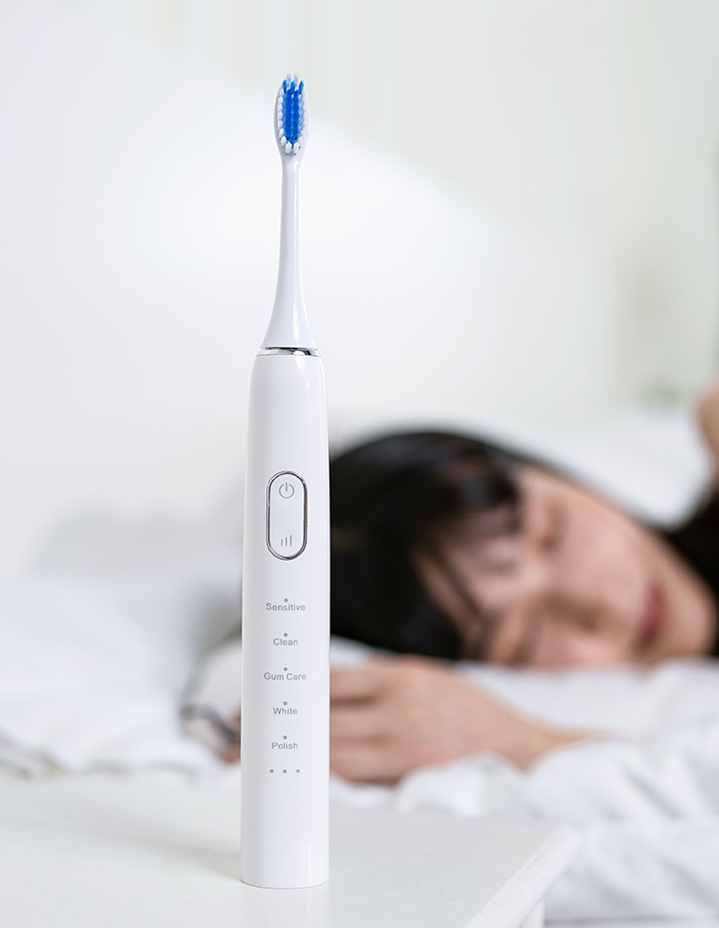

.jpg)

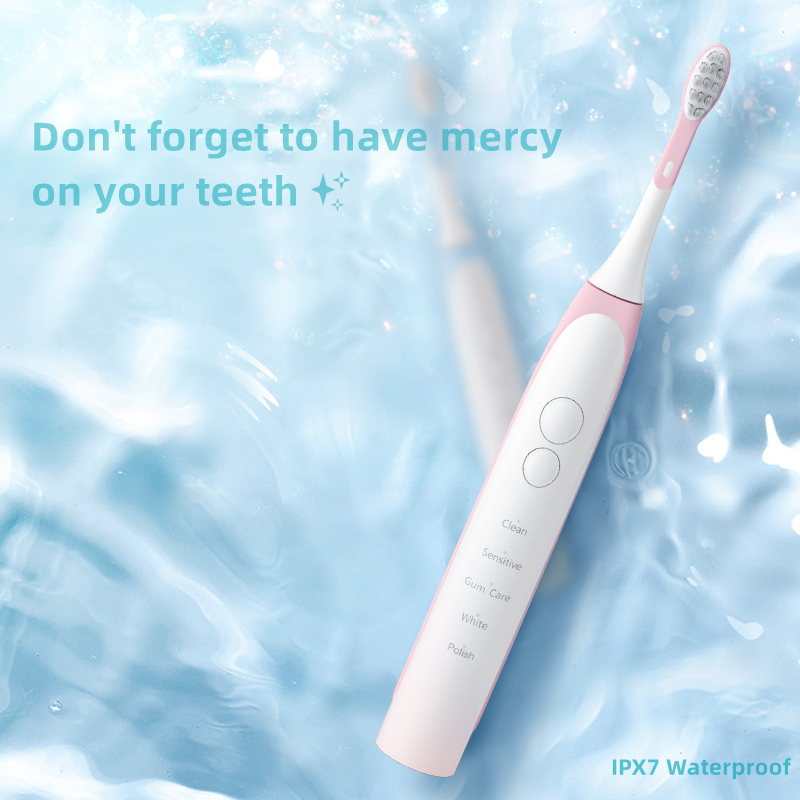

.jpg)